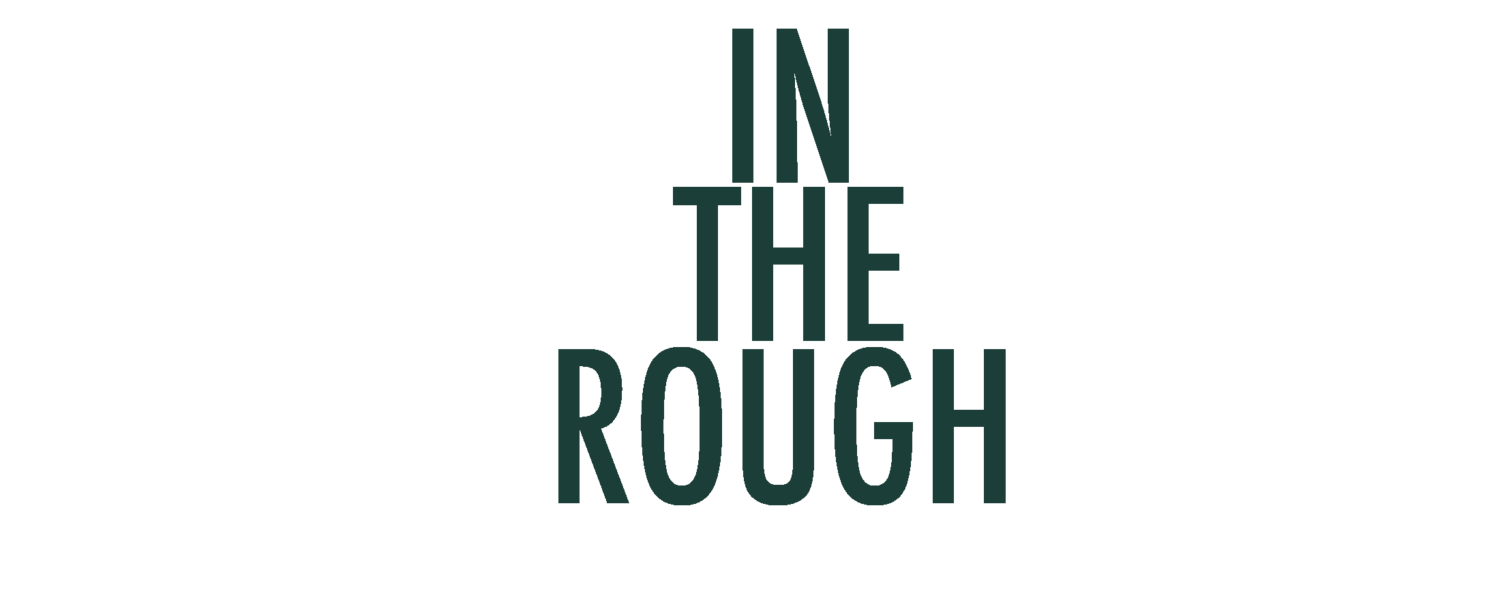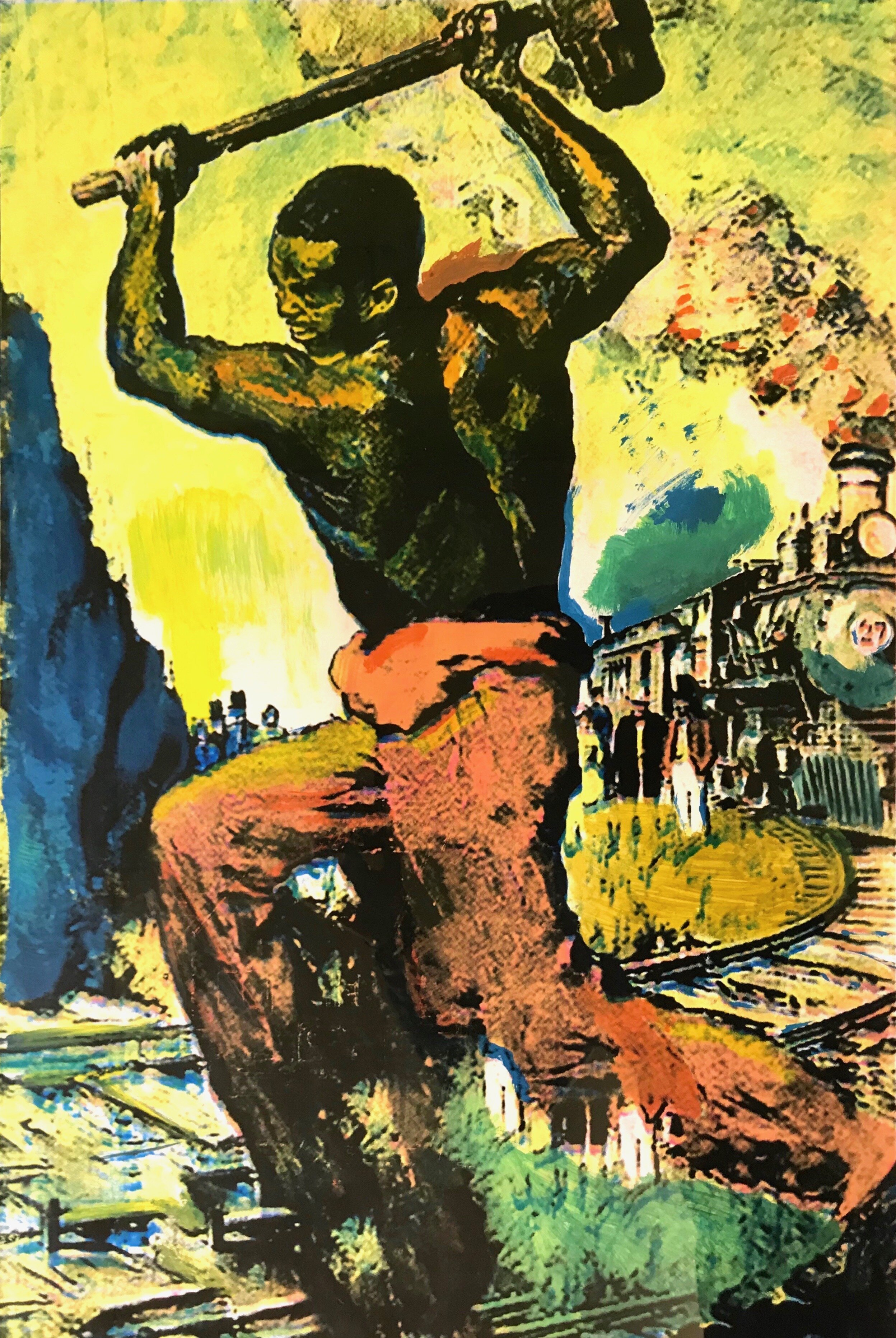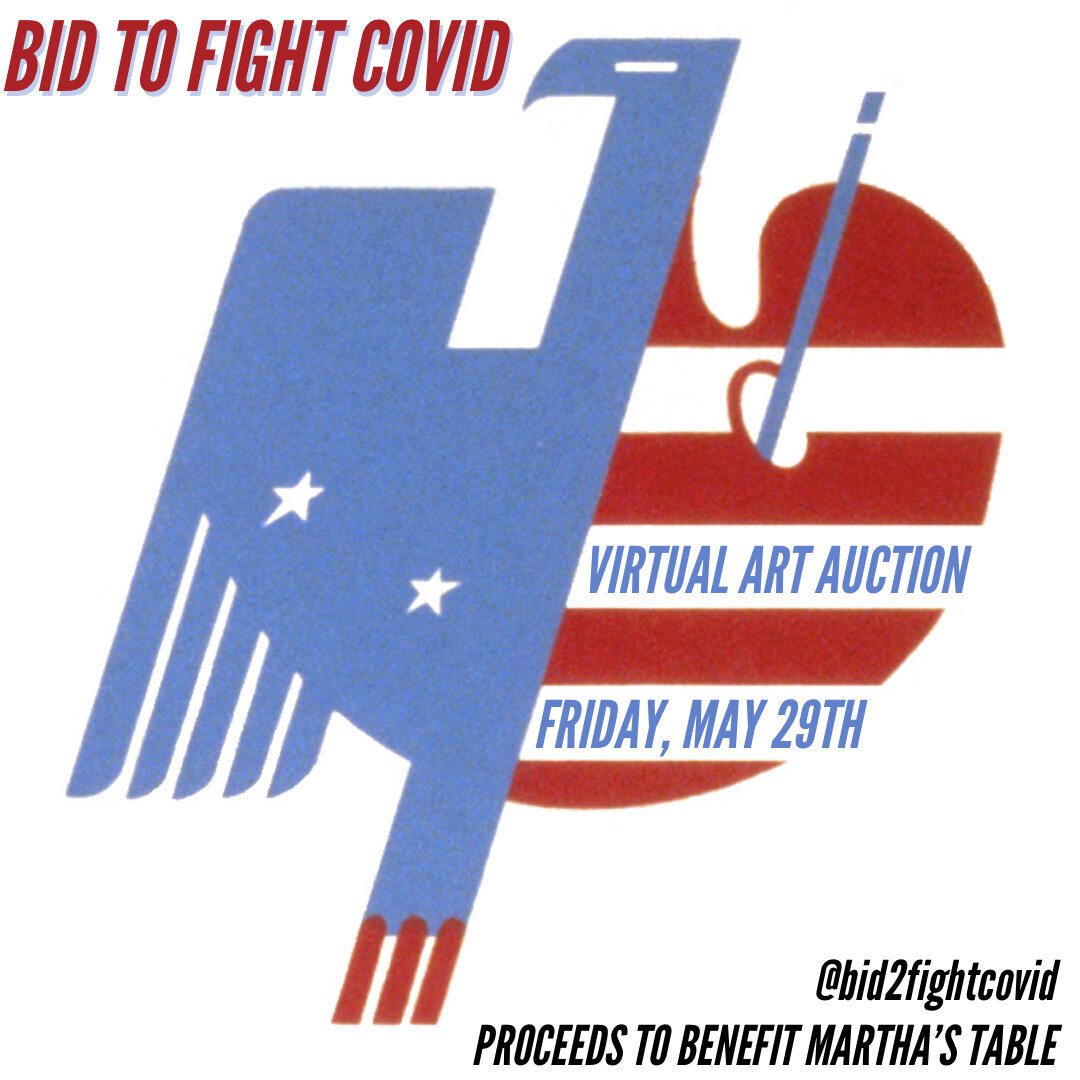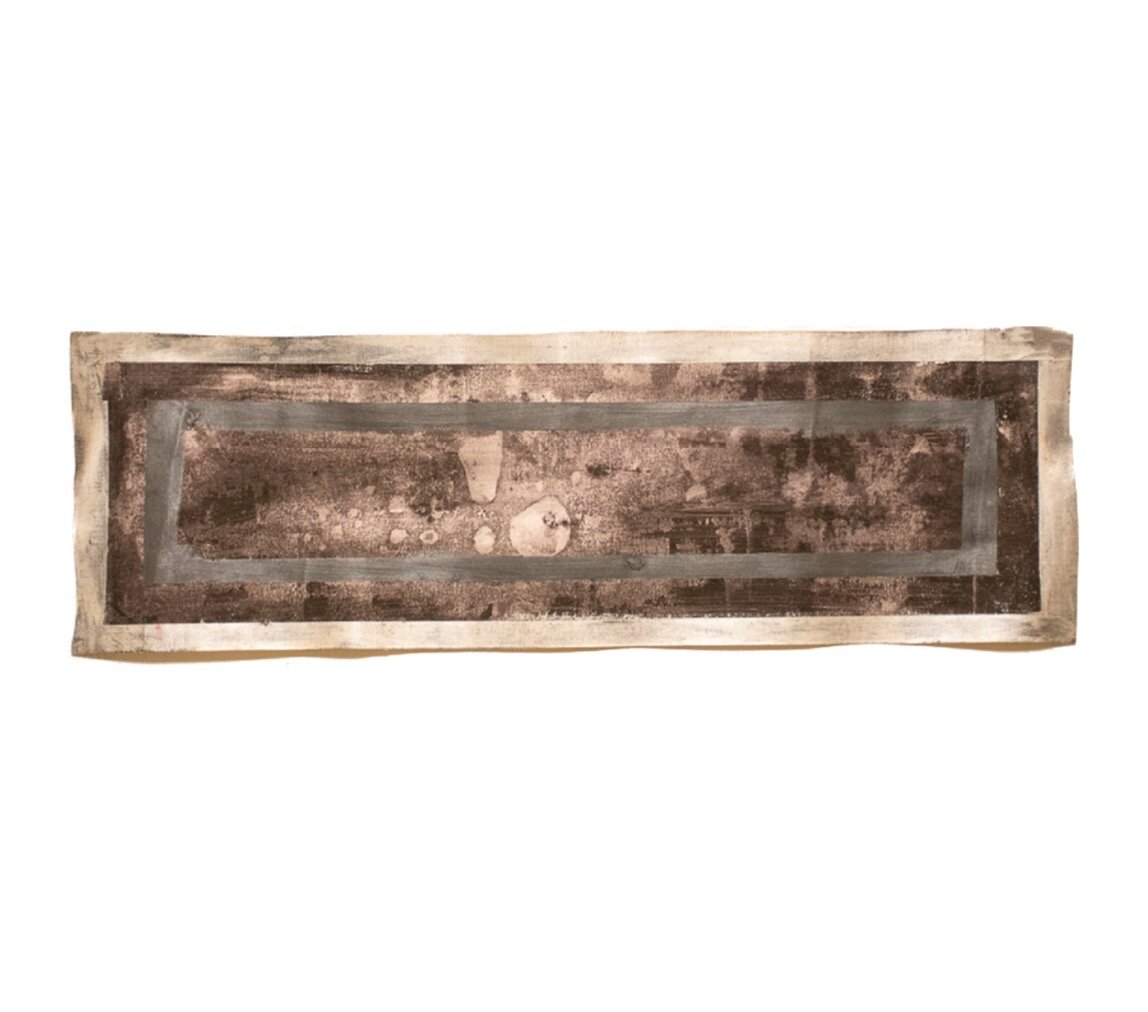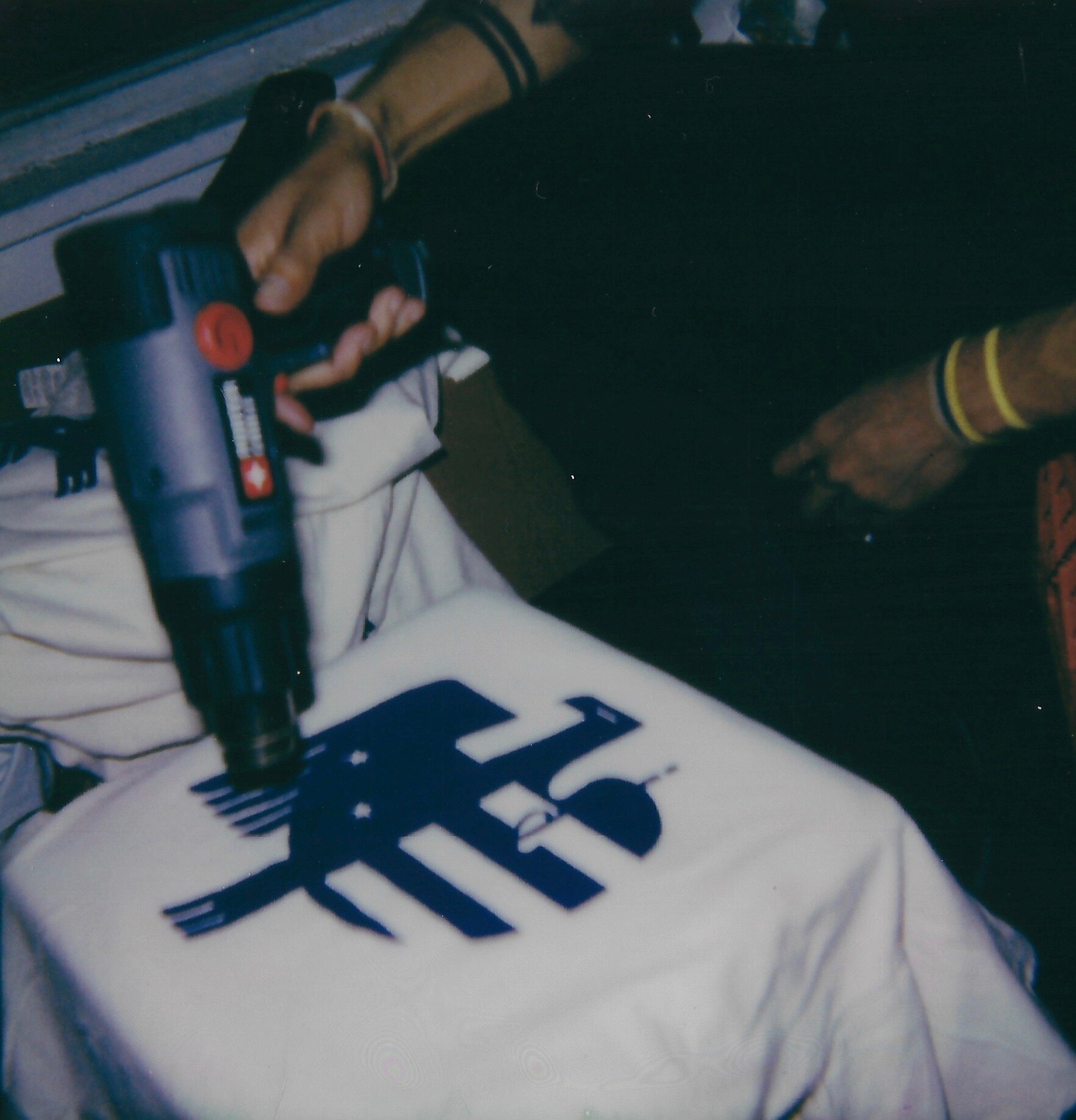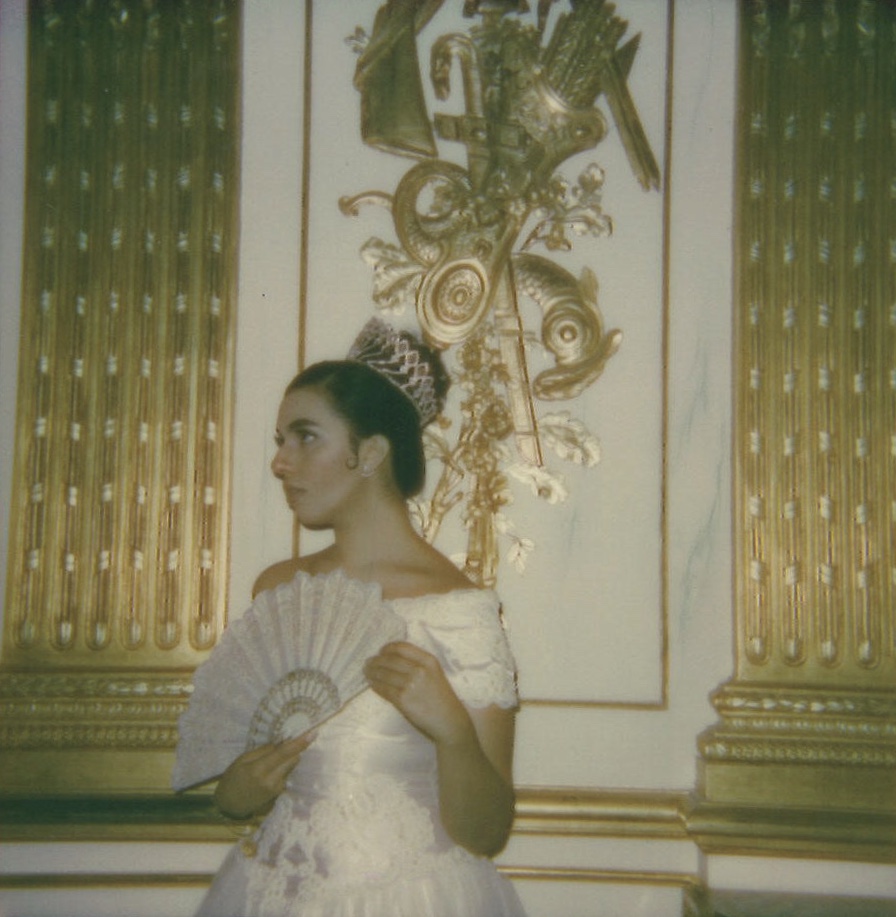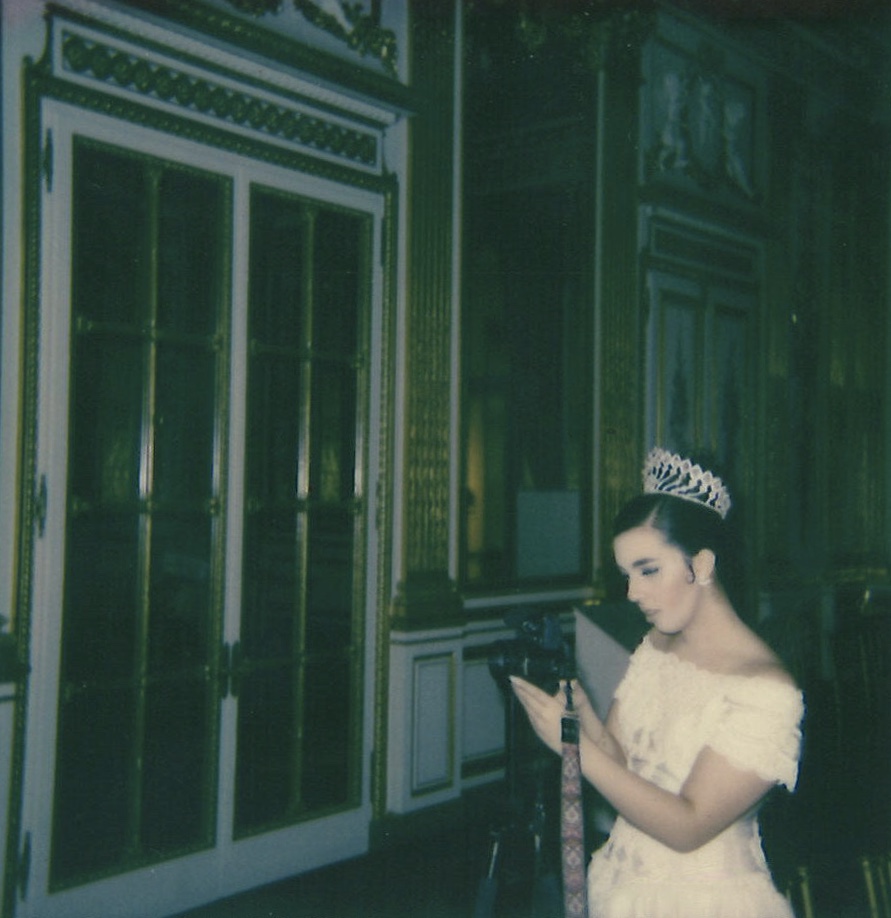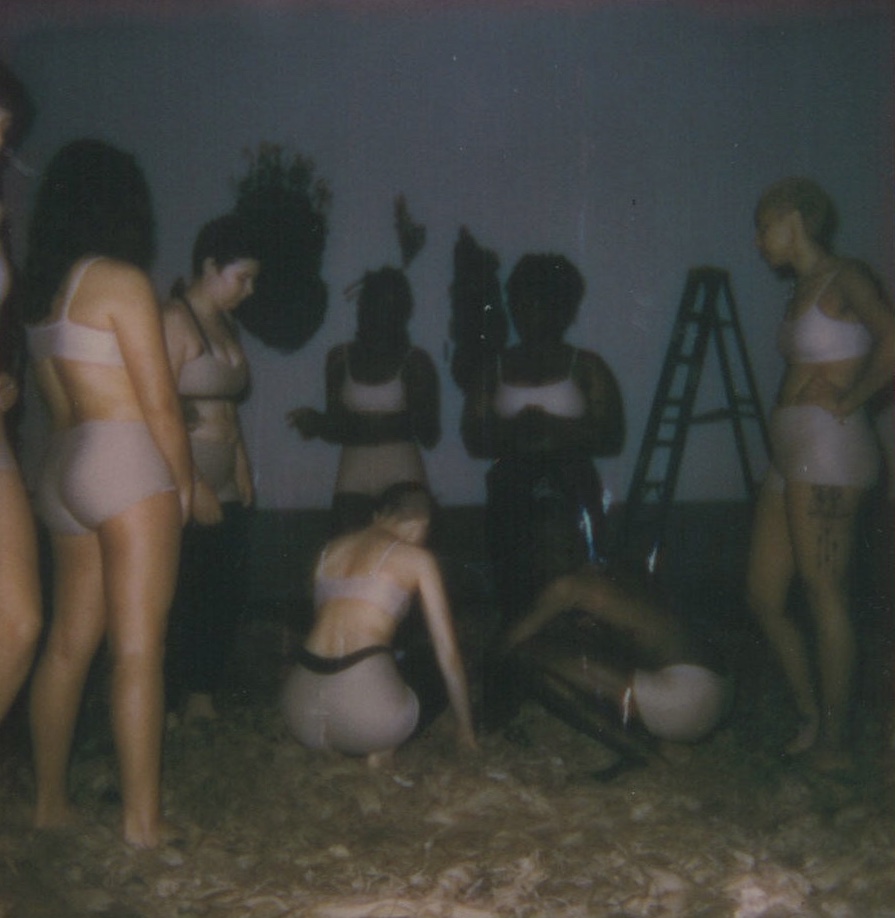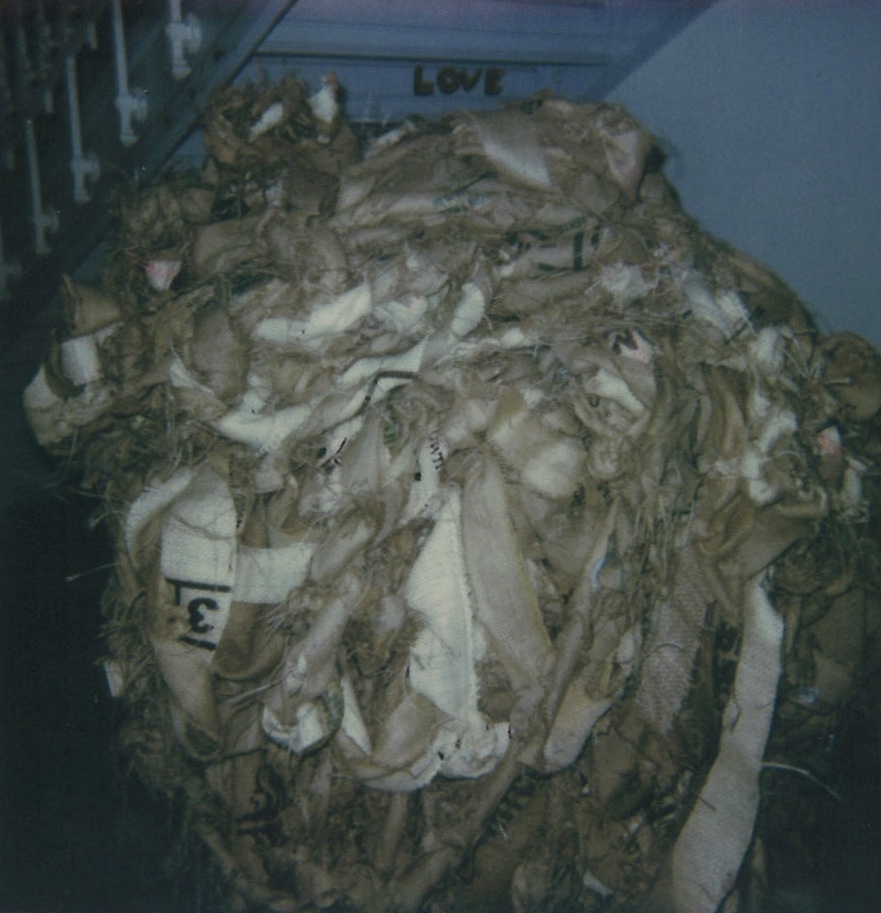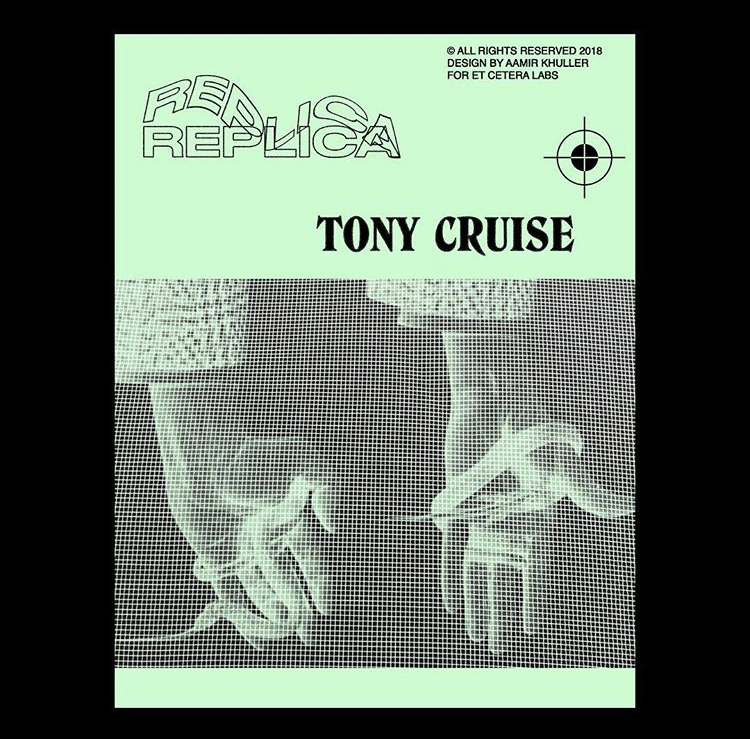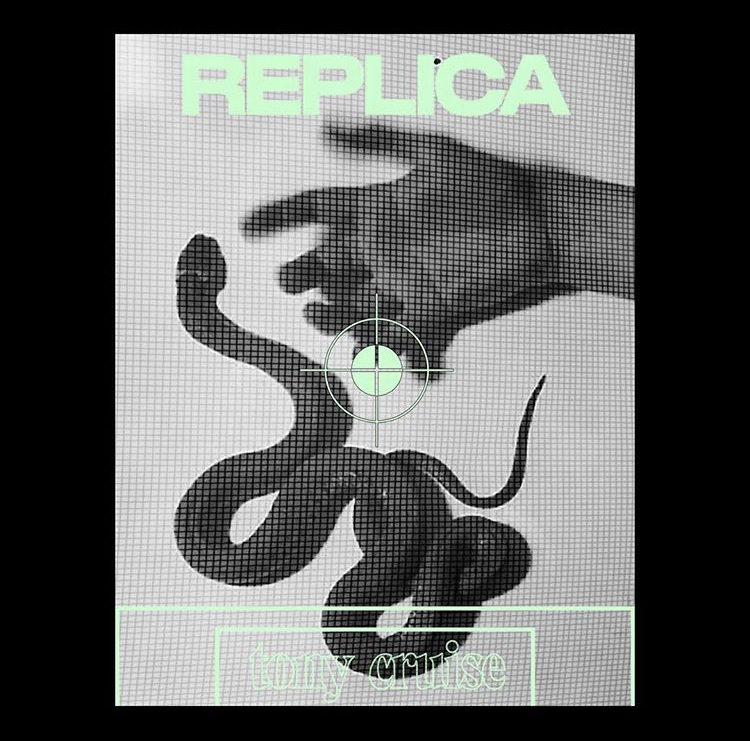ITR: What is art’s role during times of hardship and how are you fulfilling that?
Hopson: Art articulates longing and belonging, an act that signifies and indexes the displacement and disorientation of the lived experience, acting as a compass for societies to transform themselves through the process of digestion and expression of the suffering and triumphs of communities. Art has always played a very vital role during times of adversity and distress. For artists and creators, hardship challenges us to tap into our core innerstanding of what no longer matters, what needs to be destroyed, what needs to be made and who needs it the most. For observers and collectors, art translates the story of life, reminding people where they are and what they need to remember about themselves and the world around them at any given time.
Most of the world's greatest social/political movements were birthed during times of distress. From a Western Contemporary lens, when we acknowledge the Great Depression and WWII as significant global shifts, we also recognize 1) the impact of the New Deal, which led to the expansion of community art centers, public murals, and artist collectives in America, and 2) the genocide of non-Aryan people and desecration of “degenerate art” by Nazi Germany, launching the post-war scramble for old masters and emergence of the NYC art market. Some of the most notable and influential Western artists and art forms were products of this time period and in its aftermath, of which the value of the names, works, and movements speak for themselves in today’s art market.
Personally, I am currently quarantined in Champaign-Urbana, Illinois. Although I have come in contact with an incredible space for art and artists here, really what I have found is a very striking challenge and opportunity to iterate my own existence away from a densely human populated area and submerge myself within my own true nature, breathing with the Earth. My role within art during this time is to share my story and the essence of my being as I unearth reactive frequencies and make way for a more proactive me.
ITR: How has the pandemic impacted how you create art or sustain yourself through art?
Hopson: In my isolation I have asked myself, ‘why must i create’? The answer that was revealed to me was simple and resounding: ‘because you are living’. It is clear to me that every living thing in nature must create and sustains itself through its own reaffirmation of being. Every season brings change, the only way we know that change exists is because we are around long enough to change also.
I have been fasting from vibrations that do not bring about a positive light within me. My focus and intention is to share the essential characteristics of my purest self through creation, offering my heart--light and love--from the communities I embody around the world that emanate from my person. I have been studying the simplicity of village life and the collaborative energies that are mobilized in close knit connections through action or inaction.
ITR: What’s the value in buying/collecting art?
Hopson: I always like to think that there are moments, at your family dinner table, in your bathroom, or in your bedroom, where anything is possible and everything happens and changes. At the same time, the art in your environment is undisturbed and immersed in the present moment. You may enjoy the moment or you may destroy the moment, however the art is always the moment itself. I encourage embracing and investing in your own moments, whether good or bad.
Art, as a repository of cultural memories that represents a collective archive of being for all humans, transcends time and space. This means that something that you create today may have more value to you than it would 30 years from now, or vice versa.
When it comes to buying and collecting visual art (performance, culinary and written art are slightly different), there are a few unique qualities that generate its value as a commodity. Visual art serves as medium of exchange, a store of value, it is scarce, you cannot double sell the same piece (only one person or entity can ‘possess’ an original work of art at any time), and it has a distinguished provenance (the art value is generated and chronologically recorded from its inception as a legal track record, or ledger, of proprietary ownership) similar to a home or a vehicle. These are important aspects of the value of visual art because like other commodities, the market value is regulated by the fixed, finite supply of work in the market and its liquidity is protected by market appraisal.
In today’s economy, visual art as a commodity of exchange can be great for an artist to generate revenue, or terrible for an artist if the market were to devalue works not championed as exchange or investment commodities, especially in the age of mass entertainment and mechanical reproduction (see Walter Benjamin), remixing and cultural appropriation.
ITR: What do you hope to get back to once life returns to normalcy?
Hopson: I am a wanderlust. I love traveling and visiting my friends around the world. I enjoy dancing, celebrating and connecting with others without fear. The nature of COVID-19 and the problematic jargon of “social distancing” is that it has encouraged a world of social agreement extremes. I feel that trust is even more at stake with every encounter now as we hold more social responsibility for others’ safety in a physical manner. The masculine electric energy source within me is reminded of moments in which I had taken space between myself and others for granted. Now I feel a heightened level of feminine magnetic energy that will repel as much as it attracts, unwilling to connect if the frequencies aren’t divine. What’s normal again?
